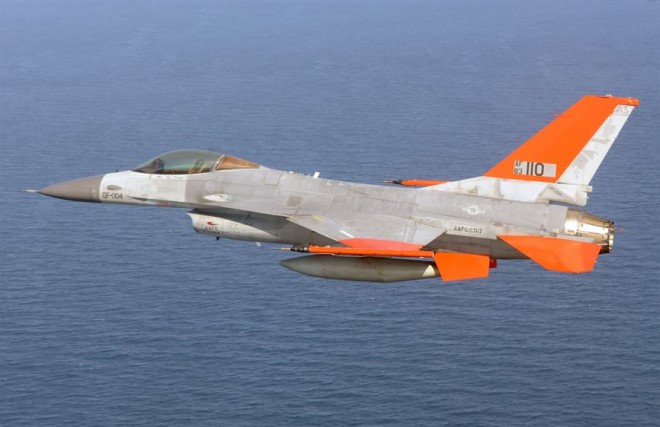
© Fredrik/WikiMedia"You're more likely to have a collision when you're in a galactic arm and the increased density sends a comet towards Earth".
The timing of some major extinction events on Earth coincides with the solar system's journey through Milky Way's spiral arms, suggests a new study. The research, published on the pre-press website
ArXiv.org, supports the idea that mass extinction events were not always random.
The Sun spends 50 to 60 per cent of its 220-million-year journey around the galaxy passing through its spiral arms, says study co-author Dr Jonti Horner of the
University of New South Wales.
"These are regions of higher than average density, where there are more stars and molecular gas and dust clouds," says Horner.
"It could be argued that the increase in the number of stars encountered as the Sun moves through a galactic arm,
can trigger gravitational perturbations, sending comets from the Oort cloud towards the inner solar system, where the Earth is."The Oort cloud is a hypothetical reservoir of comets and other icy bodies half way to the Sun's nearest stellar neighbour. Together with vast volcanic outpourings of flood basalt magmas, such as the Deccan and Siberian Traps, and snowball Earth periods of global glaciation, asteroid or cometary impacts are considered a likely cause of mass extinction events on Earth.
According to Horner, the Earth impact database currently lists 182 large craters caused by asteroid and comet collisions, and these only represent a tiny fraction of Earth's true impact history, the rest being erased by weathering and geological events.
He says the far more heavily scarred lunar surface, provides a better indication of the true level of major impact events.


Comment: This is the technology they show us. Ever wondered what they don't show us?